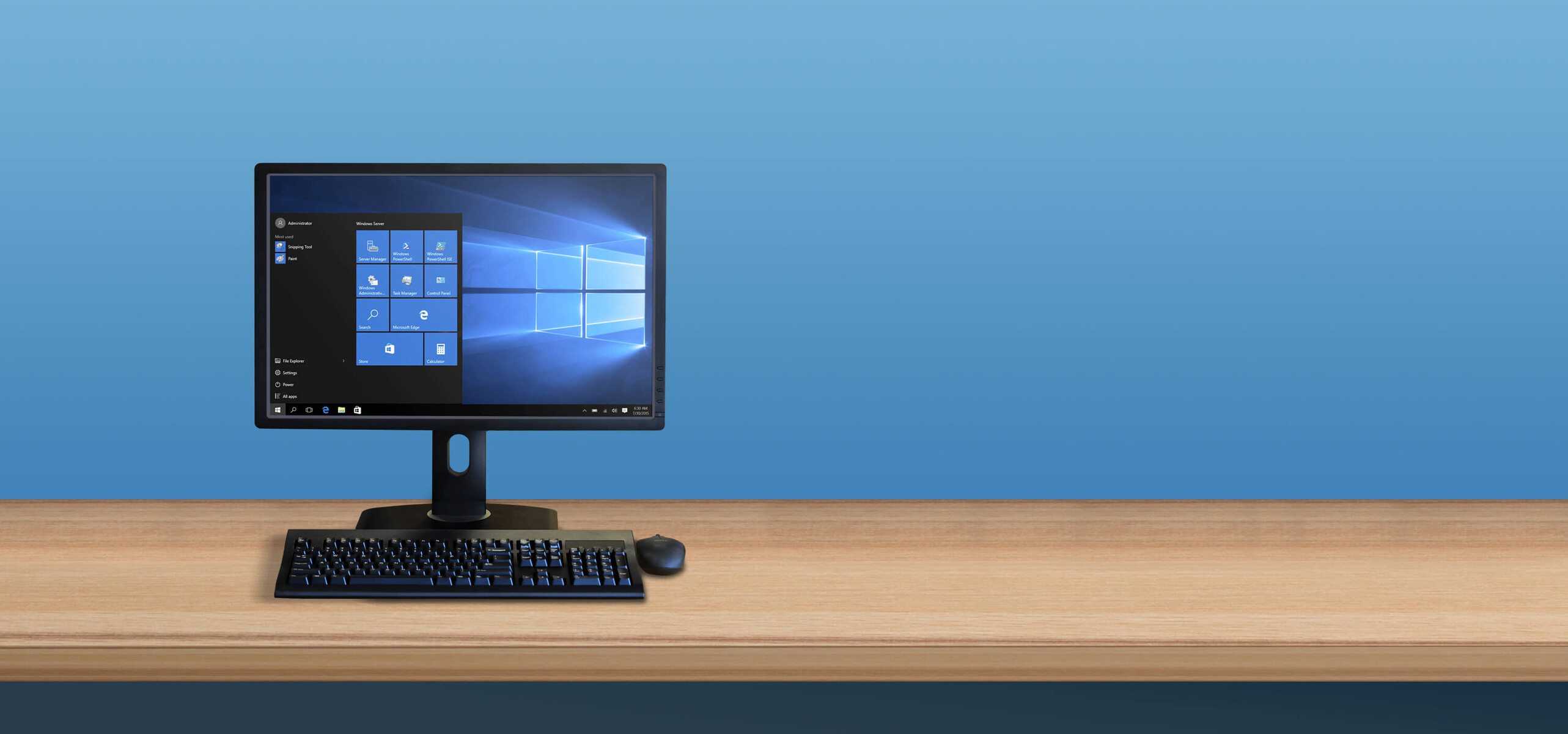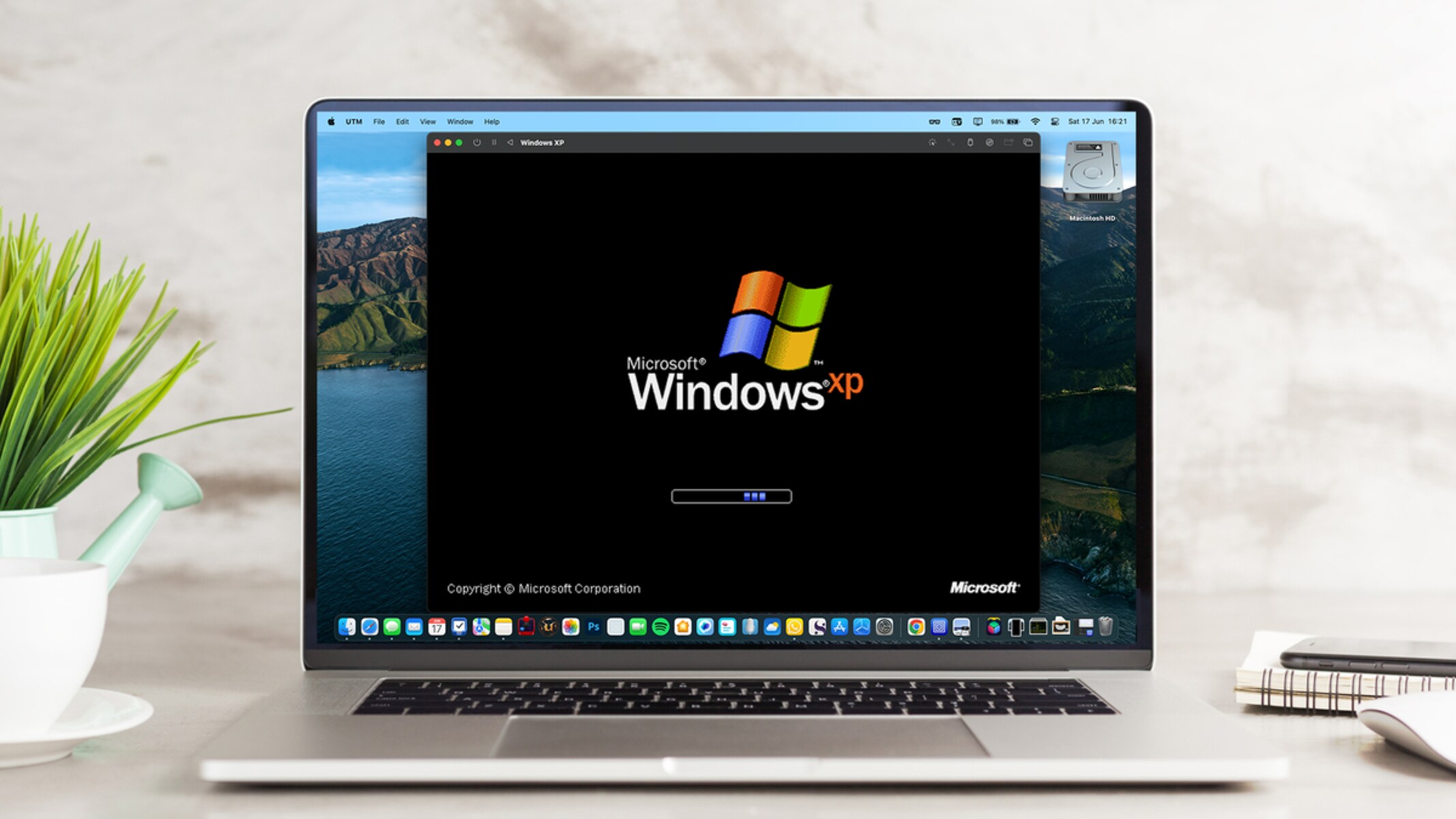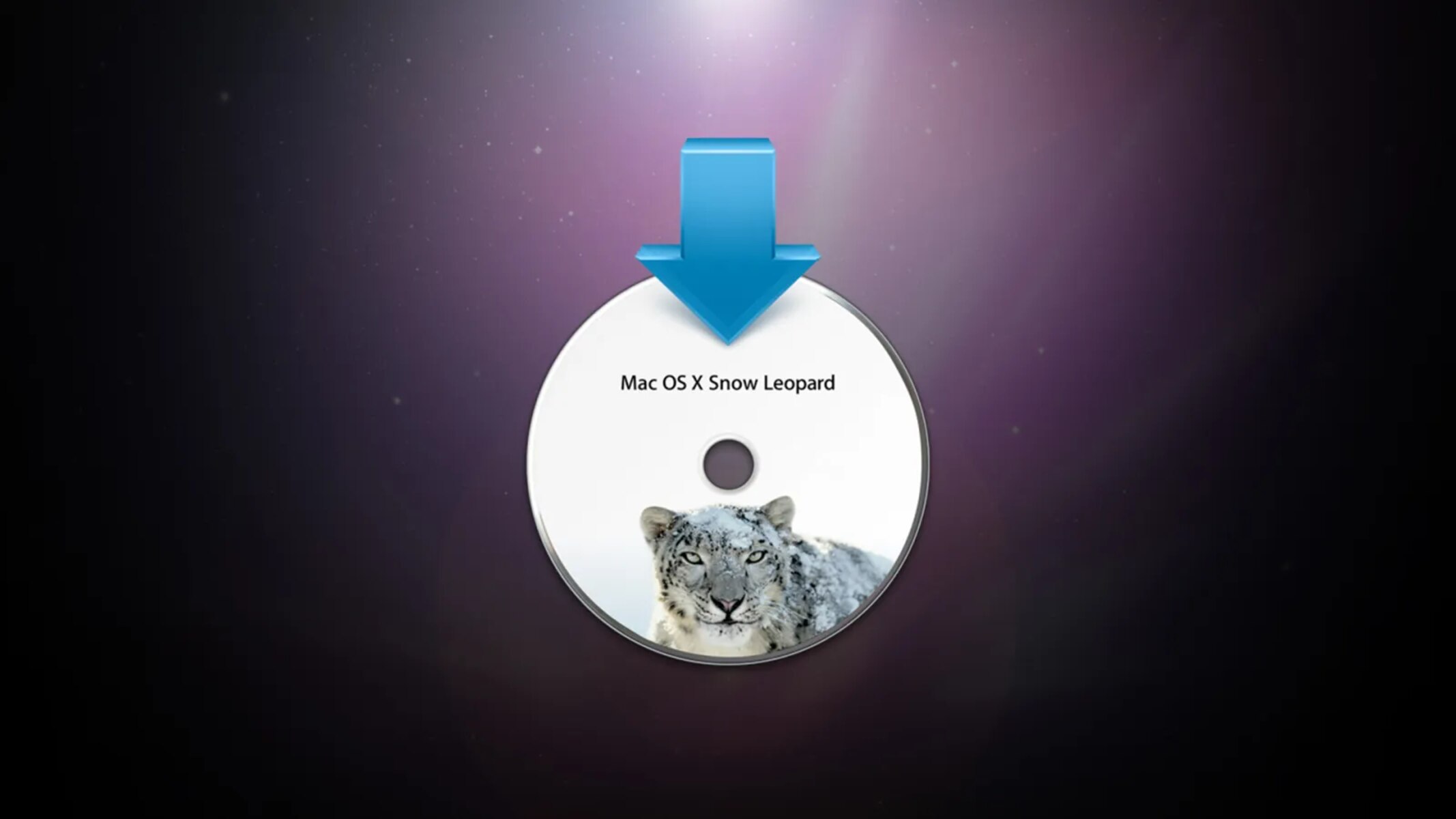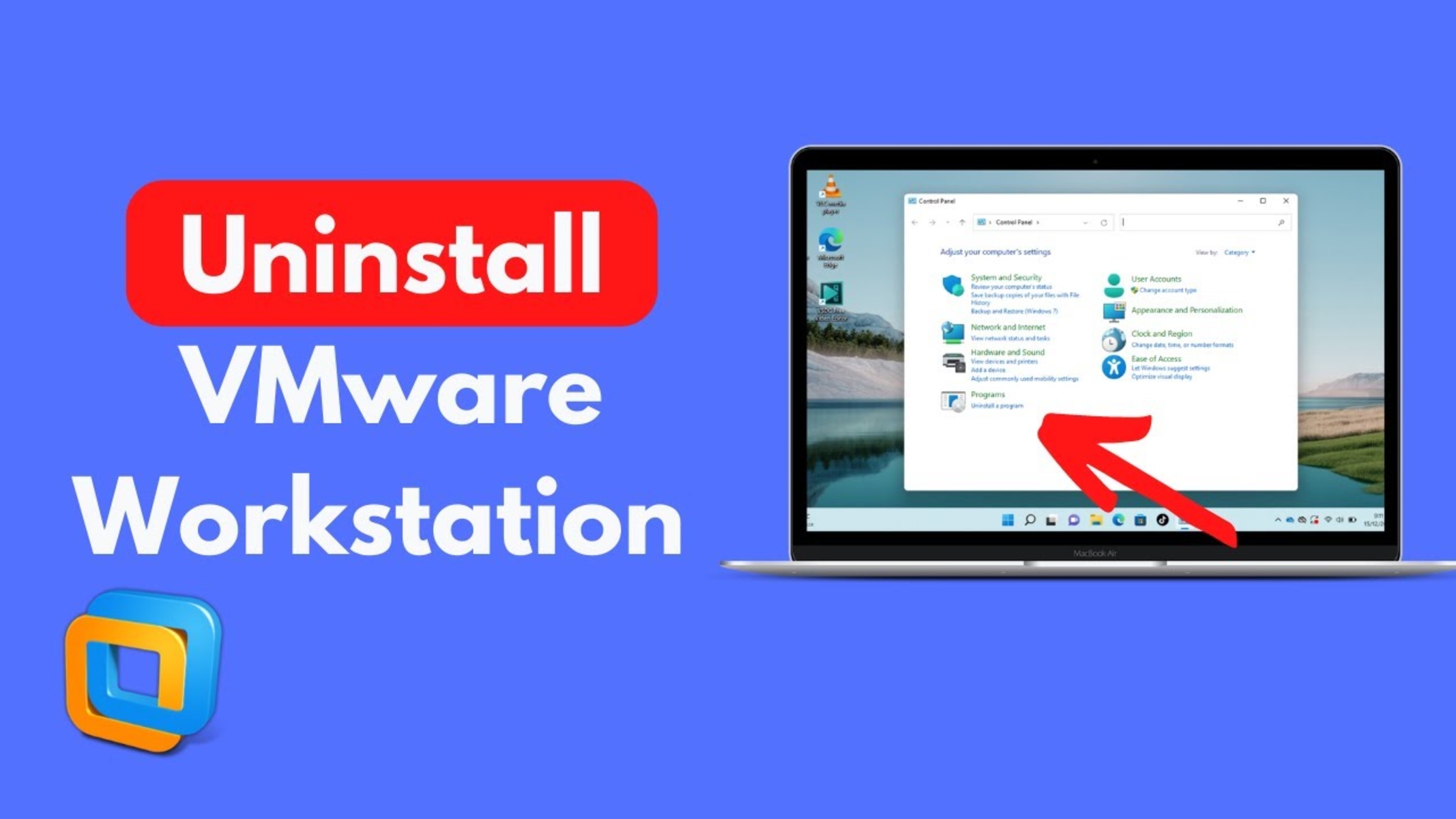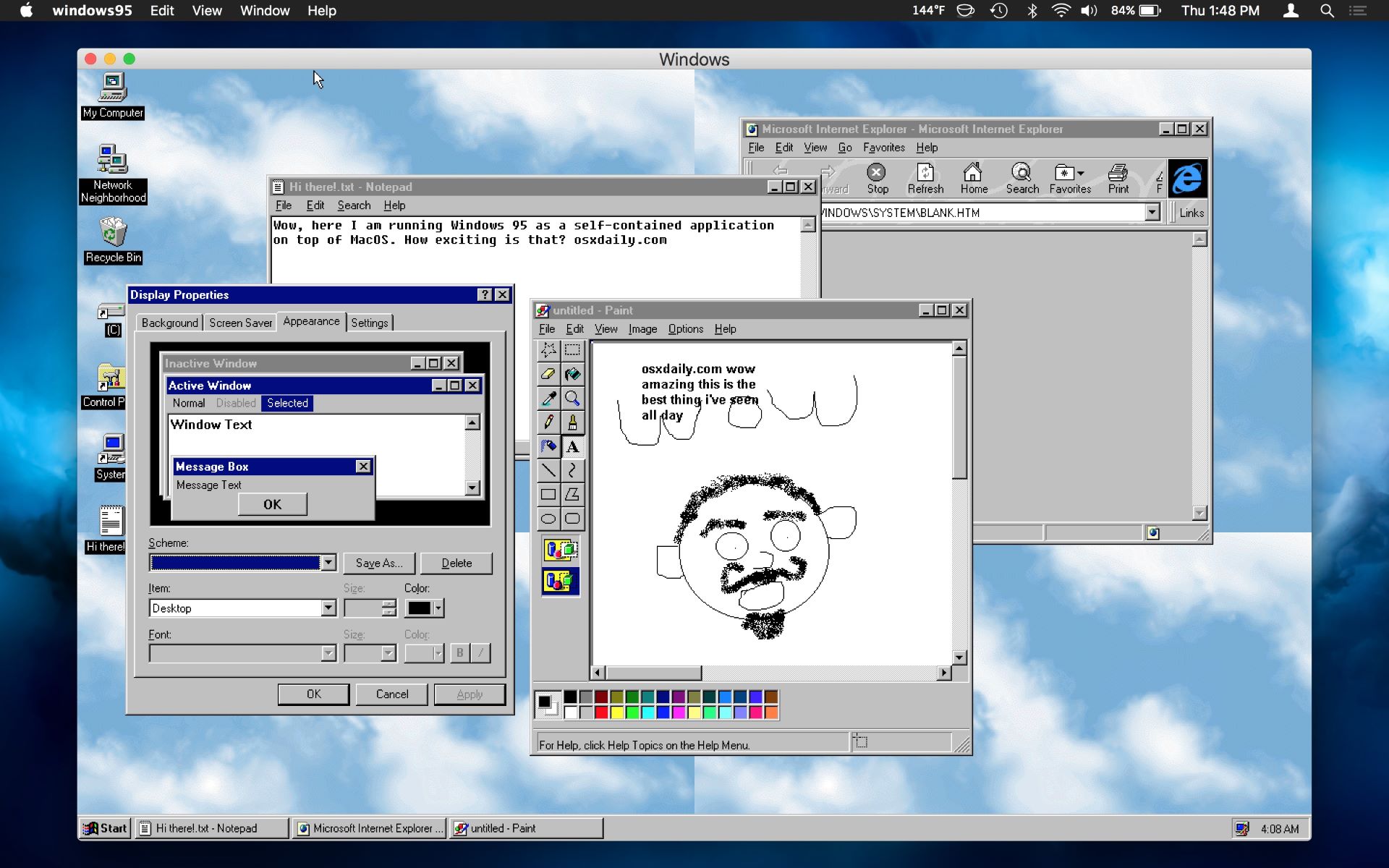Introduction
Copying files from VMware Workstation to the Windows host machine is a common task for users who work with virtual machines. Whether you need to transfer documents, multimedia files, or any other type of data, there are several methods you can use to accomplish this task effortlessly. In this article, we will explore three effective methods to copy files from VMware Workstation to a Windows host machine.
Having the ability to easily transfer files between the virtual machine and the host machine is vital for seamless workflow and productivity. This is especially important when you are working on a project that requires collaboration or when you need to access files on your virtual machine from your host machine or vice versa.
In the following sections, we will guide you through three different methods: using drag and drop, utilizing shared folders, and leveraging USB devices. Each method has its own advantages and suitability depending on the scenario. By familiarizing yourself with these methods, you’ll have the flexibility to choose the one that best suits your needs.
So, whether you are a software developer, a system administrator, or simply someone who frequently uses virtual machines, read on to discover the methods you can use to effortlessly copy files from VMware Workstation to your Windows host machine.
Method 1: Using Drag and Drop
One of the simplest and most intuitive ways to copy files from VMware Workstation to a Windows host machine is by using the drag and drop functionality. This method allows you to effortlessly transfer files between the virtual machine and the host machine with just a few mouse clicks.
To use this method, follow these steps:
- Open the virtual machine in VMware Workstation.
- Navigate to the file you want to transfer.
- Click and hold the file with your mouse.
- Drag the file over to the desktop or any desired location on the Windows host machine.
- Release the mouse to complete the transfer.
That’s it! The file will now be copied from the virtual machine to the Windows host machine.
This drag and drop method is particularly useful for transferring individual files or smaller groups of files. It offers a straightforward solution without the need for any additional setup or configuration.
However, please note that the drag and drop functionality may not be available or enabled by default in some virtual machines. In such cases, you may need to check the settings in VMware Workstation and ensure that drag and drop is enabled for the virtual machine.
Additionally, it’s important to remember that drag and drop may have limitations when it comes to transferring large files or transferring files between different operating systems. In such scenarios, it may be more practical to consider alternative methods.
Now that you know how to use the drag and drop method, you can conveniently copy files from VMware Workstation to your Windows host machine with ease.
Method 2: Using Shared Folders
Another effective method to copy files from VMware Workstation to a Windows host machine is by utilizing shared folders. Shared folders provide a seamless way to exchange files between the virtual machine and the host machine, allowing for easy access and synchronization.
To use shared folders, follow these steps:
- Ensure that VMware Tools is installed and running on the virtual machine. VMware Tools provides the necessary drivers and utilities for sharing folders.
- In VMware Workstation, select the virtual machine and go to the “VM” menu.
- Navigate to “Settings” and click on the “Options” tab.
- Select “Shared Folders” and click on the “Add” button to add a new shared folder.
- Choose the folder you want to share from the host machine and give it a name.
- Specify the folder’s access permissions for the virtual machine.
- Click “OK” to save the settings.
- Within the virtual machine, navigate to the shared folder location. The shared folder will be available as a network drive or a mapped drive.
- You can now copy files from the virtual machine to the shared folder or vice versa just like you would with any other folder.
Shared folders offer several benefits, including the ability to easily transfer multiple files or entire directories. Changes made to the files in the shared folder are automatically reflected on both the virtual machine and the host machine, ensuring synchronization and consistency.
It’s important to note that shared folders rely on the VMware Tools software, so it needs to be installed and running on the virtual machine. If you encounter any issues with shared folders, ensure that VMware Tools is properly installed and up to date.
With the convenience and flexibility of shared folders, you can efficiently copy files between VMware Workstation and your Windows host machine, eliminating the need for external storage devices or complex networking configurations.
Method 3: Using USB Devices
When it comes to copying files from VMware Workstation to a Windows host machine, utilizing USB devices can be an efficient and convenient method. This method allows you to directly transfer files between the virtual machine and the host machine using a USB connection.
Follow these steps to copy files using USB devices:
- Connect the USB device to the host machine.
- In the VMware Workstation menu, go to “VM” and select “Removable Devices”.
- Locate the USB device you just connected and click on the corresponding entry to connect it to the virtual machine.
- Inside the virtual machine, the USB device should be recognized and mounted automatically.
- Open the file manager on the virtual machine and navigate to the USB device.
- Copy the desired files from the USB device to the virtual machine or vice versa.
By using USB devices, you can quickly transfer files of any size or format between the virtual machine and the host machine. This method is particularly useful when dealing with large files or when you need to access specific files stored on external storage.
It’s worth noting that USB devices need to be properly connected and recognized by both the host machine and the virtual machine. In some cases, you may need to install specific drivers within the virtual machine to ensure proper USB device detection and functionality.
Furthermore, keep in mind that USB forwarding may not be available or supported in all versions of VMware Workstation. Ensure that you are using a compatible version and that USB forwarding is enabled in the virtual machine settings.
By leveraging USB devices, you can transfer files seamlessly between VMware Workstation and your Windows host machine, making it a convenient option for file exchange and sharing purposes.
Conclusion
Copying files from VMware Workstation to a Windows host machine is a fundamental task for users who work with virtual machines. In this article, we explored three effective methods: using drag and drop, utilizing shared folders, and leveraging USB devices. Each method offered its own advantages and suitability depending on the needs of the user.
The drag and drop method provides a straightforward and intuitive way to copy files, making it ideal for transferring individual files or smaller groups of files. It requires no additional setup or configuration, ensuring a seamless user experience.
Shared folders offer a convenient and synchronized solution for exchanging files between the virtual machine and the host machine. With the ability to easily transfer multiple files or entire directories, shared folders allow for efficient collaboration and synchronization.
USB devices provide a direct and efficient means of transferring files between the virtual machine and the host machine. This method is particularly useful for transferring large files or accessing files stored on external storage devices.
It’s important to consider the specific requirements and limitations of each method when choosing the most appropriate option for your needs. Additionally, ensuring that VMware Tools is installed and up to date is crucial for utilizing shared folders and USB devices effectively.
By familiarizing yourself with these methods, you can seamlessly copy files from VMware Workstation to your Windows host machine, enhancing your workflow and productivity. Whether you are a software developer, a system administrator, or simply a user who frequently works with virtual machines, having the ability to effortlessly transfer files is vital.
Now that you have the knowledge and expertise to utilize these methods, you can confidently manage file transfers between VMware Workstation and your Windows host machine. Choose the method that suits your needs best and enjoy a seamless file transfer experience.









